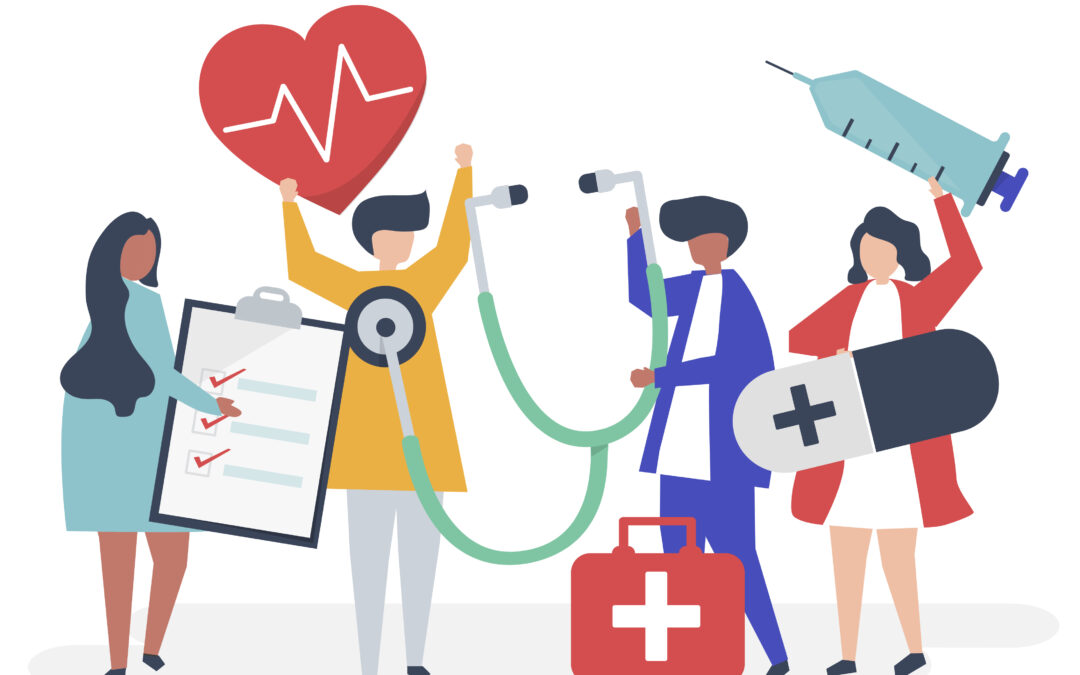In the ever-evolving landscape of medical and healthcare education, the integration of technology has become instrumental in fostering effective learning experiences. Moodle, a versatile Learning Management System (LMS), has emerged as a valuable tool in this field, particularly in the realms of simulations and clinical training. Here, we’ll explore how Moodle is transforming medical and healthcare education by facilitating simulations and enhancing clinical training.
Simulations in Medical Education
Moodle offers an ideal platform for incorporating simulations in medical education. Simulations play a pivotal role in providing hands-on training in a controlled environment, allowing students to apply theoretical knowledge to practical scenarios. The versatility of Moodle enables the development and integration of various simulation tools, such as:
Virtual Patients:
Interactive cases and scenarios that mimic real patient encounters, enabling students to diagnose, treat, and manage patients virtually.
Anatomy and Physiology Simulations:
3D models and interactive tools that allow students to explore anatomical structures and understand physiological processes.
Medical Procedure Simulations:
Simulated environments for practicing medical procedures, surgeries, and clinical interventions, providing a safe space to learn and refine skills.
Moodle’s ability to host these simulations facilitates experiential learning, allowing students to interact with scenarios that closely mirror real-world medical situations, without compromising patient safety.
Clinical Training Enhancement
Moodle serves as a central hub for various aspects of clinical training, offering a range of tools to enrich the learning experience:
Structured Learning Paths:
Moodle allows educators to create structured learning paths for medical students, organizing resources, assignments, and assessments to align with the curriculum and clinical rotations.
Interdisciplinary Collaboration:
Healthcare is a collaborative field. Moodle’s collaborative tools enable students from diverse healthcare disciplines to interact, discuss cases, and engage in interprofessional education, mirroring real clinical environments.
Resource Access and Management:
Moodle serves as a repository for medical resources, including textbooks, journal articles, research papers, and multimedia content, providing students with easy access to up-to-date information.
Assessment and Evaluation:
Moodle’s assessment tools cater to various evaluation methods, from quizzes and exams to clinical case studies and evaluations, enabling educators to assess students’ clinical competency.
Benefits of Moodle in Medical and Healthcare Education
Adaptive Learning:
Moodle’s flexibility allows educators to personalize learning experiences, catering to diverse learning styles and student needs.
Resource Centralization:
It serves as a centralized platform for resources, fostering efficient access to relevant medical materials.
Standardized Learning:
Moodle ensures standardization in curriculum delivery, evaluation, and the overall learning experience across multiple medical programs and institutions.
Safe Learning Environment:
Simulations provide a safe yet realistic space for students to practice and refine their skills before entering live clinical settings.
Moodle’s Role in Shaping Healthcare Education
Moodle’s integration into medical and healthcare education presents an array of opportunities to enhance the learning experience. By facilitating simulations and offering tools for clinical training, Moodle not only augments theoretical knowledge but also equips future healthcare professionals with practical skills, thereby contributing to a more competent and well-prepared workforce in the medical field. As technology continues to advance, Moodle stands at the forefront, driving innovation and transforming the landscape of medical and healthcare education.


Recent Comments